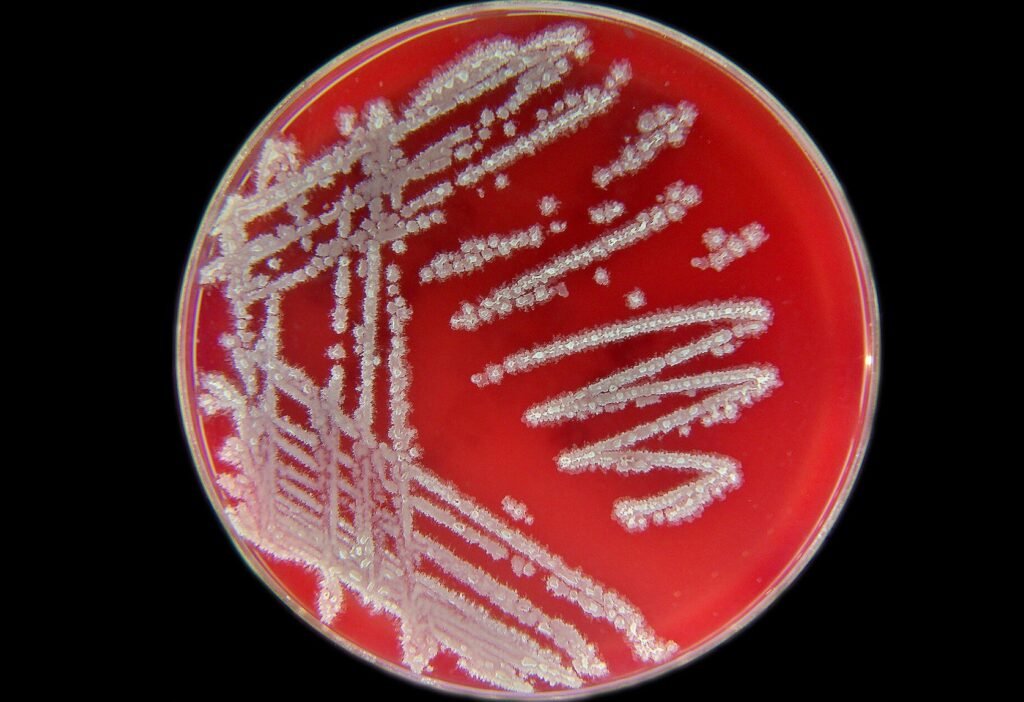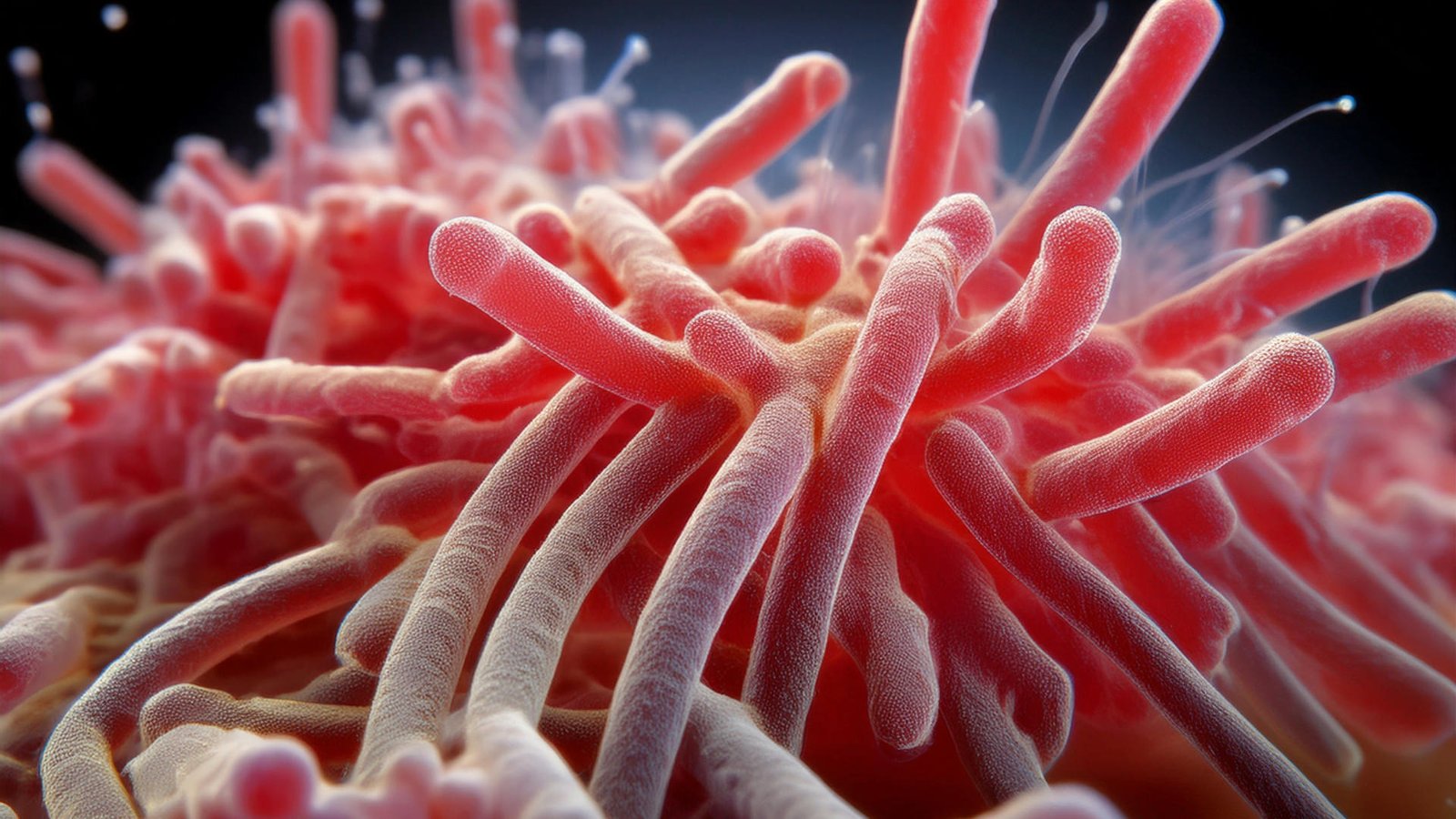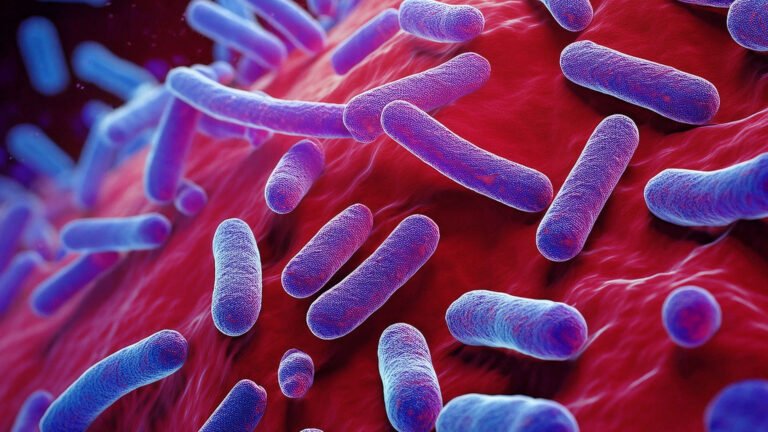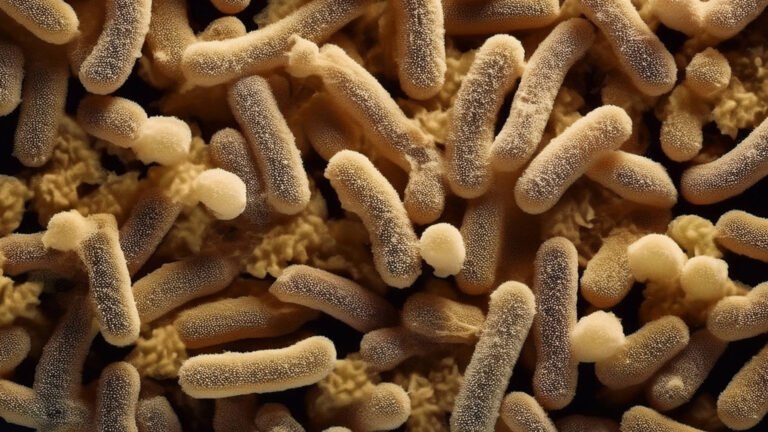If you want better crops and healthier soil, Bacillus licheniformis can help. This natural soil bacterium is already making a big difference on farms.
It belongs to a group called PGPB, Plant Growth-Promoting Bacteria. These tiny helpers live in the soil and support your plants from the roots up.
Tired of fighting the same crop diseases and poor yields year after year?
Meet Bacillus licheniformis – your natural ally in the field.
It builds stronger roots, boosts soil health, and protects crops from stress and pathogens – all without chemicals.
Used in fields from tomatoes to wheat, this powerful microbe is helping farmers grow more with less.
Want better results from your soil? Nature already has the answer.
B. licheniformis boosts crop growth, strengthens roots, and protects plants from disease. It also improves how your crops use water and nutrients. And it does all of this without chemicals.
Many farmers now use it as part of a more sustainable and regenerative approach. It helps reduce fertiliser costs while improving yields. You can use it in organic systems, no-till fields, or low-input farms.
In this post, we’ll explain how Bacillus licheniformis works and why it’s so useful. If you’re looking for a natural, proven way to improve your farm, keep reading.
Key Facts
Bacillus licheniformis is a natural soil bacterium used as a biofertiliser and biocontrol agent in arable farming.
It boosts root growth, improves nutrient uptake (especially nitrogen, phosphorus, and iron), and enhances drought and disease resistance.
This microbe produces antimicrobial compounds and biofilms that protect crops from common pathogens like Fusarium, Rhizoctonia, and Xanthomonas.
It is compatible with organic systems and supports regenerative farming by improving long-term soil health.
Suitable for wheat, maize, tomato, raspberry, jujube, and more, especially under low-input or stress-prone conditions.
What Is Bacillus licheniformis and How Does It Work?
Bacillus licheniformis is a natural, soil-dwelling bacterium that helps crops grow stronger and healthier.
It’s part of the same bacterial family as Bacillus subtilis, and it’s tough. It forms spores that can survive harsh field conditions like heat, drought, or poor soil.
When applied to the soil, B. licheniformis starts working in several ways:
- It produces natural growth hormones like auxins. These help roots grow faster and deeper.
- It releases organic acids and enzymes that unlock key nutrients such as phosphorus, iron, and nitrogen.
- It builds biofilms around roots, forming a living barrier that helps defend against diseases.
- It boosts the plant’s own immune system, making it more resistant to pests and fungal infections.
- It improves soil structure and supports other good microbes in the rhizosphere.
In simple terms: it feeds your plants, protects them, and helps your soil thrive.
And since it’s 100% natural and safe for people, animals, and ecosystems, it fits perfectly into both organic and regenerative farming systems.
Proven Benefits for Farmers
Using Bacillus licheniformis on your farm isn’t just about microbes, it’s about results you can see.
Here are real benefits farmers have reported when using B. licheniformis in arable crops:
Bigger Yields and Better Growth
- Wheat and barley fields treated with Bacillus licheniformis saw significant root growth and improved grain size.
- Tomatoes and peppers produced more fruit, with higher antioxidant levels.
- Raspberries grown with this bacterium had larger berries and richer colour.
Improved Drought Tolerance
Some strains help crops survive dry spells.
They do this by boosting the plant’s natural defences and improving root water uptake.
This means more reliable harvests in unpredictable weather.
Natural Disease Control
- Bacillus licheniformis produces antimicrobial compounds like lichenysin and bacitracin, which help protect crops from fungal and bacterial infections.
- These compounds break down pathogens without harming the plant or soil.
It also triggers the plant’s systemic resistance, helping it fight off problems before they start.
Reduced Fertiliser and Pesticide Use
This bacterium makes nutrients like phosphorus and iron easier for plants to absorb.
So you can cut back on synthetic inputs without hurting yields.
Some farms have cut fertiliser use by up to 30% after regular application.
Stronger Roots, Healthier Soil
Bacillus licheniformis forms biofilms that stick to plant roots.
These biofilms improve nutrient uptake and shield roots from pathogens.
They also support beneficial microbes – helping build long-term soil health.

How to Use Bacillus licheniformis in Arable Farming
Adding Bacillus licheniformis to your farm routine is simple, and flexible. You can use it across many crops and growing systems. Here’s how:
1. Choose the Right Formulation
You’ll usually find Bacillus licheniformis as:
- A liquid concentrate
- A dry powder
- Part of a microbial blend (like BactoTech’s products)
Make sure the product is suitable for arable use, and check if it contains live spores for best shelf life and activity.
2. Application Methods
You can apply it:
- Directly to soil (pre- or post-sowing)
- Via seed coating
- In-furrow during planting
- As a foliar spray during crop development
In most cases, you’ll mix it with water and spray or pour it in just like a liquid fertiliser.
👉 Pro tip: Don’t mix it with bactericidal chemicals like copper product, they kill the good microbes.
3. When to Apply
The best times are:
- Before or during sowing – to help roots establish early
- Mid-season – to boost resistance during stressful growth stages
- Post-harvest – to support soil health and breakdown of residues
Multiple applications (2–3 times per season) tend to give the strongest results, especially in organic or regenerative systems.
4. Dosage and Frequency
Always follow the label, but a typical rate might be:
- 1–2 litres or 100–200g per hectare, diluted in 200–400L of water
- Repeated every 4–6 weeks during active growth
Consistency matters. Even if the weather isn’t perfect, applying microbes regularly helps build a strong soil microbiome.
Why Bacillus licheniformis Is a Smart Investment for the Future of Farming
Farming is changing. With rising fertiliser costs, unpredictable weather, and increasing soil degradation, farmers need long-term solutions that work. Bacillus licheniformis offers just that, a sustainable, proven tool to strengthen crops, enrich soil, and reduce reliance on chemicals.
Long-Term Soil Health
Unlike synthetic inputs, B. licheniformis doesn’t harm the soil. In fact, it builds it. Over time, it helps regenerate soil structure, increase organic matter, and support microbial life. That means healthier soils, and better yields, year after year.
A Natural Alternative to Chemicals
Chemical fertilisers can create short-term gains but long-term damage. In contrast, this powerful microbe improves nutrient availability naturally and protects plants without harmful residues. It works with nature, not against it.
Cost-Effective and Scalable
Thanks to its spore-forming ability, B. licheniformis is easy to store, transport, and apply. It fits into existing farm systems with minimal changes. And because it reduces the need for expensive fertilisers and pesticides, it saves money over time.
Resilience for the Climate Ahead
As extreme weather becomes more common, plants need support to survive and thrive. This bacterium helps crops resist drought, fight diseases, and recover faster from stress. That kind of resilience is priceless.
Final Thoughts
If you’re aiming for higher yields, better soil, and lower input costs, while protecting your land for future generation, Bacillus licheniformis should be on your radar. It’s a reliable, research-backed ally for modern arable farmers who want to grow smarter, not harder.







